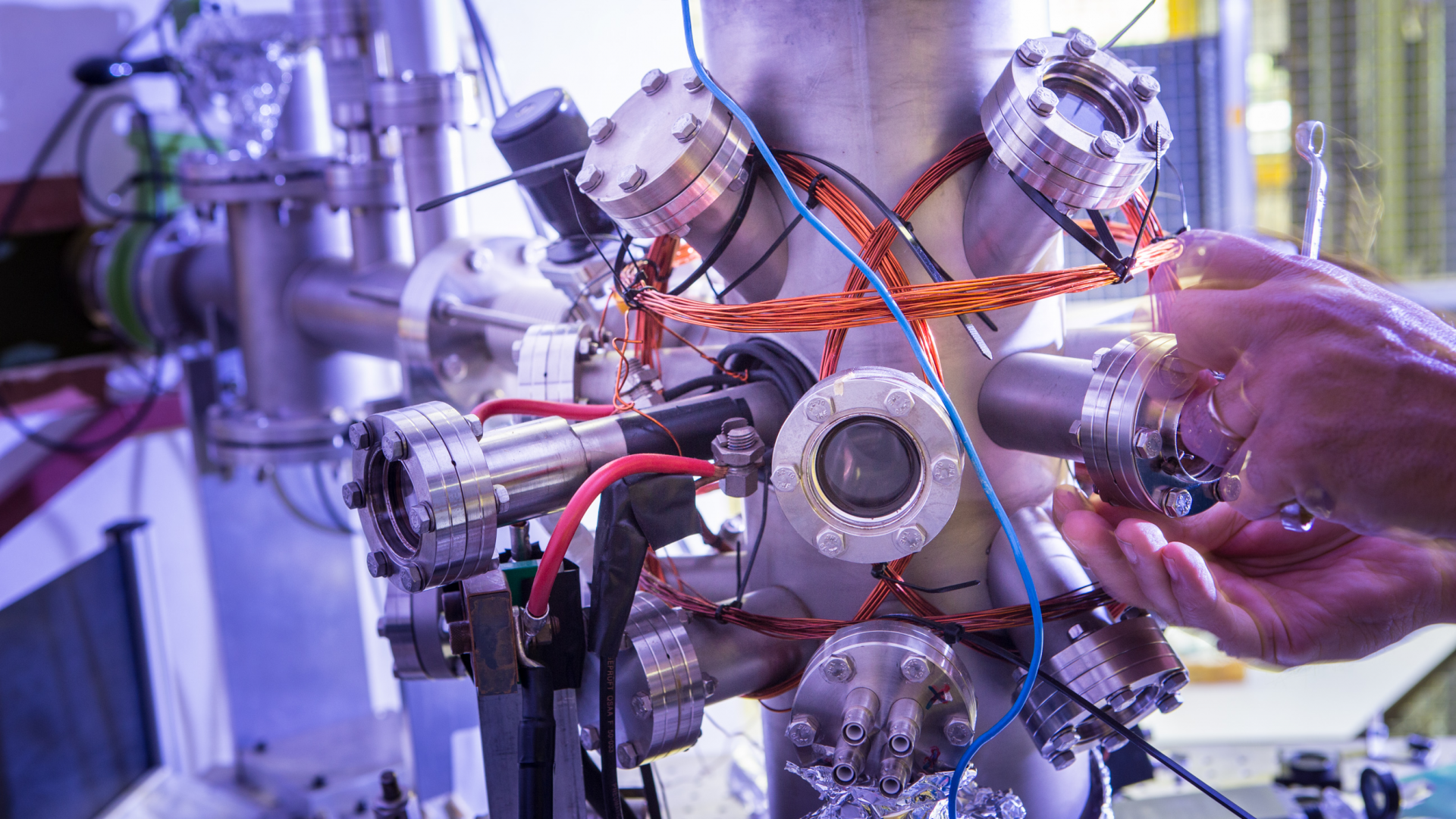Strain engineering of 2D KIB anode materials
Material design has been widely utilized to tune physical and chemical properties of materials, broadening their use in
application. In the semiconductor industry, strain engineering has widely been used to tune physical properties by deformation
of materials through inducing strain. Moreover, this method has been shown to be applicable for the enhancement of
rechargeable batteries, namely sodium and lithium ion batteries. This work focuses on elucidating the effect of strain on
potassium ion battery (KIB) performance, through strain engineering a diverse set of 2D KIB anode materials, allowing for a
systematic comparative study on the applicability of strain engineering in enhancing KIB performance. A computational study
based on density functional theory (DFT) was performed to simulate biaxial strains onto the materials, evaluating the effect
on properties relating to anode performance. The properties that were assessed included the propensity to form vacancy defects,
potassium adsorption energetics, and electronic structure (as a proxy for electrical conductivity). In this work, it was found
that strain engineering shows to be an applicable method in enhancing the prospects of 2D anode materials. In particular, this
was shown for the effect of strain relating to potassium adsorption, showing a significant strengthening of adsorption energy
for the +10% strained models, namely 36% for graphene, 32% for silicene, and 12% for phosphorene. Moreover, it was found
that the introduction of vacancy defects could additionally contribute to increasing potassium storage. In the application of
strain engineering as a method, applying tensile strains showed to be the most favorable, as the results for the compressive
strained models showed a propensity for significant structural changes and disorder.








